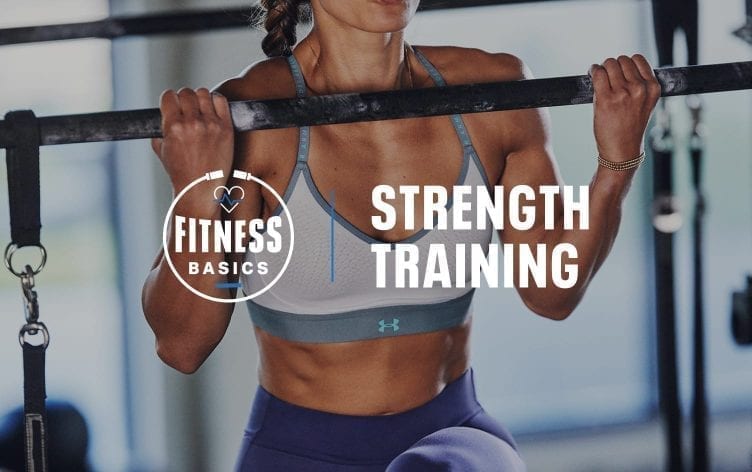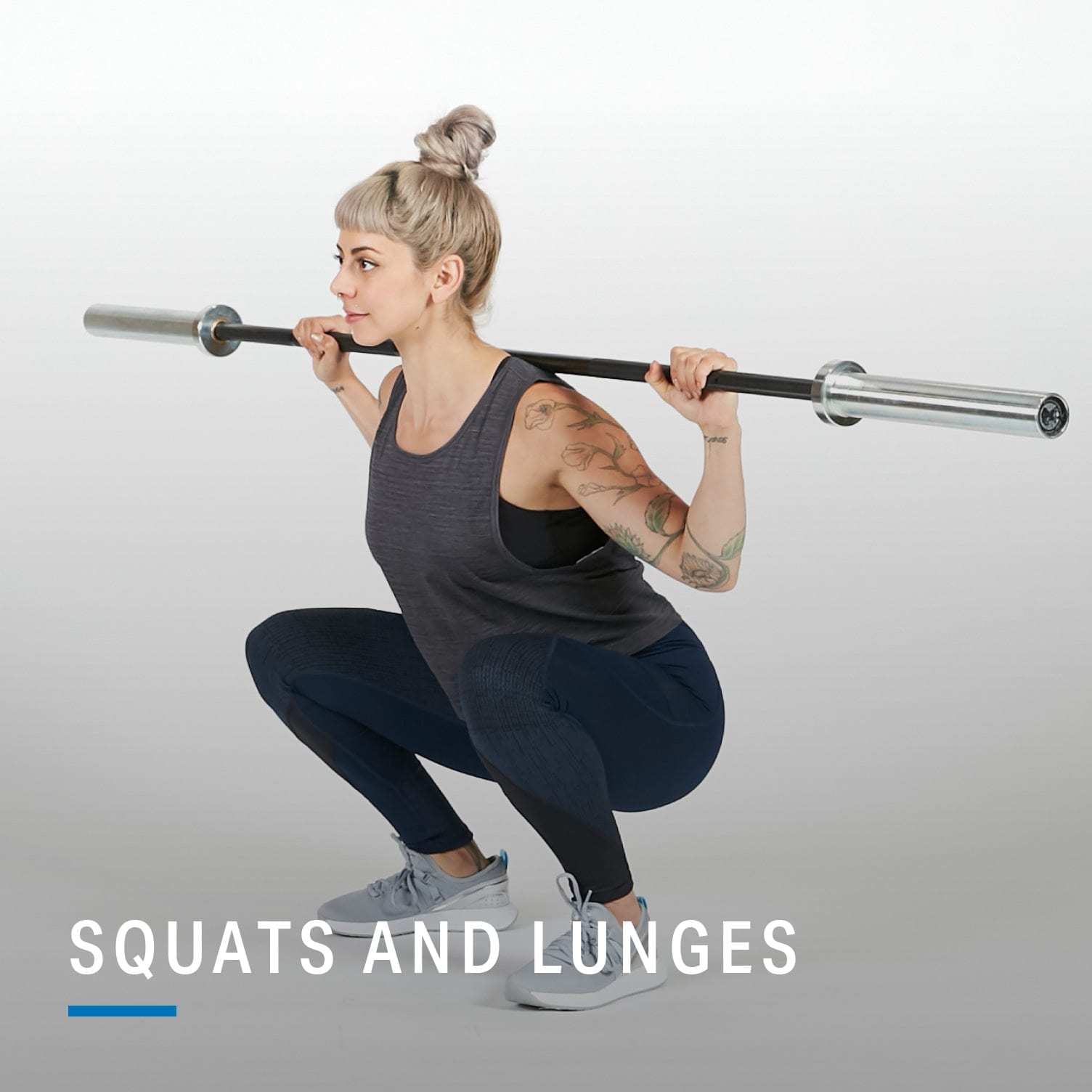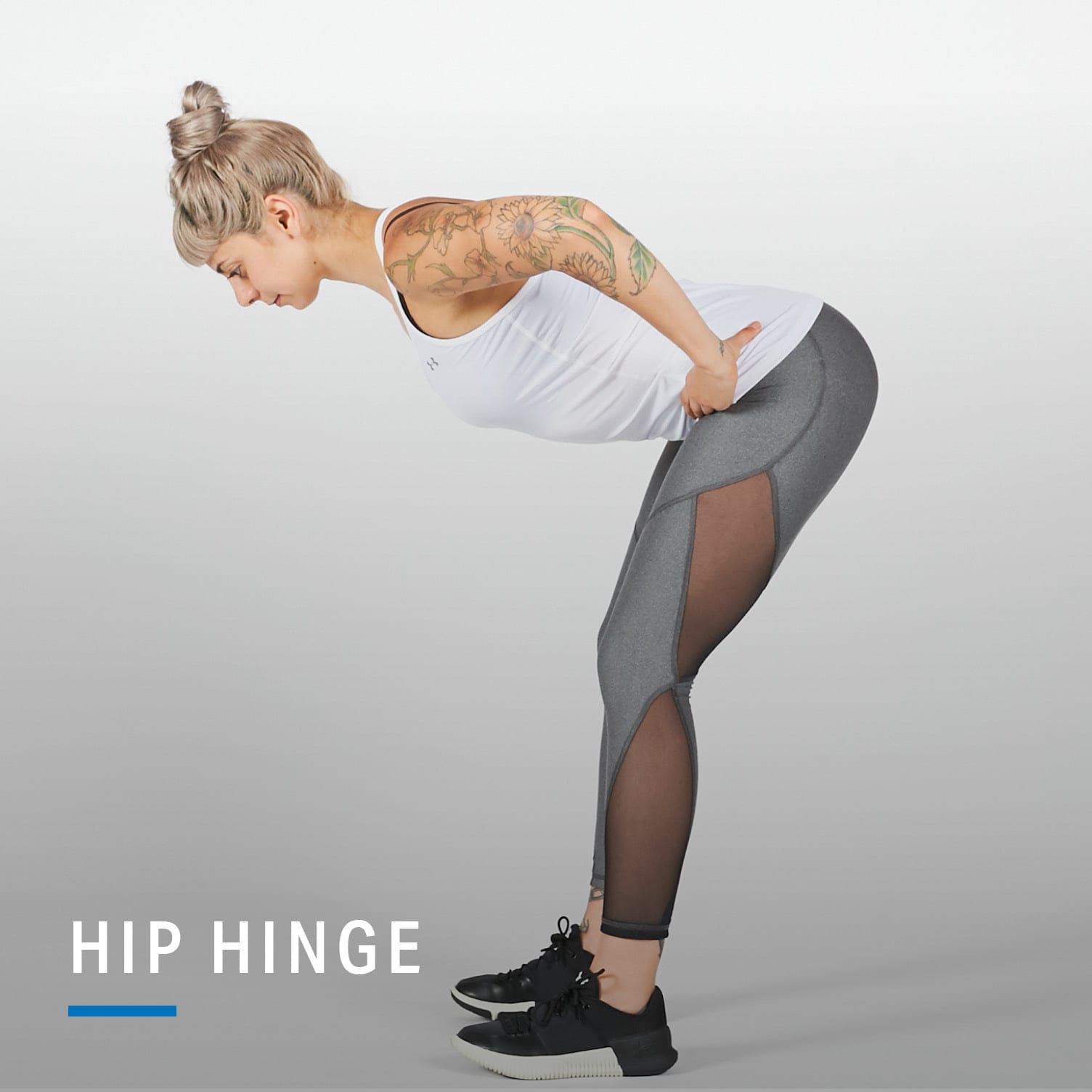
Strength training might just be the most important component of your training program. This is particularly true if your goals involve improving your health or changing your body composition.
“I could write an entire book about the benefits of strength training, which include positive metabolic adaptations, increased fat burning, chronic disease prevention, improved bone mass, better body mechanics, injury-prevention and more,” explains Maggie Winzeler, a certified strength and conditioning specialist, exercise physiologist and blogger.
All these benefits are thanks to the same root cause, she says: more lean muscle mass. “When muscles have the opportunity to adapt, they can increase in size (hypertrophy) and number (new myofibrils are formed), and deliver an abundance of health benefits.”
As for how it helps you reach specific goals, strength training has a lot to offer. “If you have strength or muscle-building goals, strength training is really the key to changing the way your body looks and feels,” notes Esther Matus, a personal trainer and nutrition coach.
Even if you don’t think you want to build muscle, you probably do — particularly if your goal is to lose weight. Many think cardio is the key to fat loss, Matus explains. While cardio can certainly play a role in weight loss and overall health, strength training is even more important. “Strength training while eating in the caloric deficit necessary to lose weight will help maintain muscle mass while losing primarily fat,” Matus says. The end result? A leaner, more “toned” physique.
Here, everything you need to know to get started.

You might see fitness influencers doing all kinds of crazy and unique exercises, but that doesn’t mean they got fit using those exercises, Matus points out. Instead, mastering the fundamental movement patterns in strength training is the key to making progress.
“These are exercises that resemble the movement patterns we use in our everyday life,” explains Jeremy Kring, MS, a certified strength and conditioning specialist. “When we use these exercises, they build strength that transfers over into functional strength.”
Over the course of a week, your strength-training program should hit on all the following movements, in one form or another.

Any type of lunge, squat or single-leg exercise would fall into this category. These are the most important, according to Kring, because they mimic our upright walking nature.

Deadlifts, good mornings and hip thrusts are included in this category. “The value of training this movement is, in part, preservation of the lower back,” Kring says. “Frequently, people bend over improperly and load that movement by picking something up off the floor, placing their back in a compromising position. The hinging movement puts emphasis on the hamstrings and when done properly, protects the lower back while allowing the person to lift more weight with less effort.”

A push includes upper-body exercises like pushups and bench presses. Upper-body pull exercises include pullups and rows. (A deadlift is also technically a pulling movement.)

These movements involve using your core for support, for example, farmers carries, Russian twists and medicine ball slams. “This movement pattern is used in everyday life when we turn at the waist, carry a bag or when we generate rotation force in sports, as in swinging a golf club,” Kring says. “This movement pattern calls on the core, which provides stability to the spine. It is at the center of all movement patterns.”

When it comes to equipment for strength training, there are a lot of options available. Here are the most common, and when you might want to use them.

“Dumbbells are a great entry point into strength training,” Matus says. “They’re relatively inexpensive to buy a few or an adjustable set for home. They also allow each arm to work independently, which is great for addressing imbalances.” Dumbbells are also an ideal way to progress once you’ve mastered bodyweight movements and are ready for some additional resistance, she adds
Use them for: Virtually any exercise. “A few upper-body exercises include shoulder press, bent over rows, reverse flies, chest press, lateral raises, bicep curls and tricep kickbacks,” Winzeler says. “Some lower-body exercises include squats, plie squats, lunges, side lunges, deadlifts and clean and press.” You can also use them for core exercises, such as twists or weighted situps.

“When you hold a kettlebell by the handle, its center of mass is outside your hand, so the weight is not distributed evenly,” Matus says. “This adds an element of challenge that engages more core and stabilizing muscles.” Kettlebells are also ideal for a home gym environment since they don’t take up much space.
Use them for: Pretty much any exercise. “Kettlebells are just as versatile as dumbbells, but are used most frequently with one-hand movements such as single-arm deadlifts, swings changing hands, single-arm carry, good mornings, clean and presses, and more,” Winzeler says. “Two-arm movements are also popular and might include a two-arm carry, loaded lunges, squat press, planks or pushups with hands on bars or bells, and more.”

Many are intimidated by barbells and plates at first, but they’re one of the best ways to challenge yourself, Matus says. But safety is particularly important when it comes to lifting a barbell. “People need to be coached on how to safely drop or release the barbell if they are unable to safely finish the exercise,” Winzeler notes.
Use them for: Some traditional bodybuilding exercises that are also great for toning and general strength include back squats, deadlifts, barbell rows, bench presses, power cleans, snatches, jerks, push presses and thrusters, according to Winzeler.

These are a great place to start if you’re a beginner or want to focus on isolating a certain body part, Matus says. “They’re typically set up in a circuit, so you can go from one to the next and usually have written and illustrative directions to help you learn how to use them.” There are a couple of downsides to isolating one muscle group at a time, though. The movements don’t necessarily replicate activities of daily living that require your whole body working as a unit, and they’re not very efficient since you need a different machine for each body part in order to get a total-body workout, Matus points out.
Use them for: “Some classic weight machines that people love include the leg raise, leg curl, abduction machine, adduction machine, leg press, chest press, chest fly, shoulder press, high row, low row, lat pulldown and more,” Winzeler says.

There are many different ways to set up your workouts, but single sets, supersets and circuits are the most common. Here’s when it makes sense to use each.
SINGLE SETS
These are the foundation of most strength-training programs, Winzeler says. Single sets mean doing one exercise for a certain amount of repetitions, then resting, and repeating for a given number of sets. For example, you might do 3 sets of 10 repetitions of back squats.
“The general goal of single sets is to work the muscle to the point of failure either through weight load, reps or sets, so it’s a great option for people who are building a baseline of strength or who are trying to build lean mass,” Winzeler explains. “The most common drawback of single sets is that they aren’t very creative, so it takes focus and determination to get through them. This naturally suits some gym-goers’ personalities, but doesn’t hit the mark for others.”
Best for: When you’re feeling focused.
SUPERSETS
A superset is when you perform two exercises back-to-back with minimal rest. “There are a variety of ways to do this, for example, one upper-body exercise and one lower-body exercise or working opposing muscle groups, like the chest and back,” Matus says. “These save time since they allow you to rest one muscle group while working another and are great for accessory work after your main movements are complete.”
Best for: When you’re short on time.
CIRCUITS
These are similar to supersets, but with more exercises involved. You cycle through all the exercises in order before repeating them again from the beginning, usually for 3–4 rounds. “Circuit training is the perfect option for people who don’t love traditional weightlifting,” Winzeler says. “Circuits are sure to stave off boredom because they’re almost always different and can combine high-intensity aerobics with resistance training.”
Best for: When you want to mix things up.

Whether you’re new to lifting weights or are a veteran weightlifter, here’s what to keep in mind as you power through your strength sessions.
1
DO THE EXERCISES YOU DON’T LIKE
“Typically, we dislike the things we’re not good at,” Matus points out. So we often skip the exercises that might benefit us most. “If you find yourself avoiding all squats, for example, [that’s] all the more reason to sprinkle them into your program so that you learn to do them correctly, pain-free, and build up what’s likely to be a bit of a weak area.”
2
LISTEN TO YOUR BODY
This is particularly important if you haven’t had any formal coaching on weightlifting. “If you don’t protect your posture and alignment in the appropriate way, you can actually do yourself harm,” Winzeler says. If something “feels funny” or “hurts a little,” stop doing it and seek guidance, a spotter or someone who can critique your form or weight choice.
3
CONSULT AN EXPERT
On a similar note, it’s a good idea to get coaching on strength training, particularly if you’re new to it. “I strongly encourage someone who is new to or nervous about strength training to seek the assistance of a fitness professional through a strength-based exercise class format or through a small package of personal training sessions,” Winzeler says. “Even just one session can prove insightful and can reduce intimidation and stress over how to navigate equipment and keep safe.”
4
SHOW UP
When you’re first getting started, just getting yourself to the gym is the most important thing, Matus says. “Initially, it’s better to have a program you enjoy and will do consistently than one that might be more productive but you can’t bring yourself to actually do.”
Remember, you can save and log workouts via Workout Routines in the MyFitnessPal app!










